|
One of my favorite things to do each year was to change up my classroom so that it looked different and inviting for my new students as well as any returning students. Although I didn't always change up the colors or main posters, I did reorganize furniture and add new labels, name plates, banners, and calendar accents.
This led me to creating some of my own materials. Here are some kits I created.
These are some of the posters I made. There are several others that focus on classroom routines and expectations as well as Whole Brain Teaching.
Check out my Back To School category to see more of the products that I created. For more classroom decor ideas or for classroom management materials, click on the categories in my store. Many of them are free! I even have some clipart available so that you can create your own posters. I sometimes wish that I was going back to my own classroom, but now that I am retired, I can help my colleagues with materials for their classrooms and I can do what I love - teach without dealing with meetings, tests, or reports cards. I call that Win-Win! I wish you all the best as you begin a new school year.
0 Comments
Student Led Conferences Made Easy
I know it seems early to start talking about assessment, but it is an on-going thing that needs to be done in order to communicate successes and concerns with parents. Meetings can begin with the meet the teacher night and continue both formally and informally throughout the year. It used to be easy to meet up with parents at the beginning or end of the day, but nowadays, so many parents are working that it is more difficult to connect with them face to face.
Meetings with the parents and sharing successes and concerns about students can be very helpful, but preparing for the meetings can be time consuming and stressful.It is good to get started early when gathering materials and doing formative assessments.
Meetings with the parents and sharing successes and concerns about students can be very helpful, but preparing for the meetings can be time consuming and stressful.It is good to get started early when gathering materials and doing formative assessments.
Student led conferences are an excellent way to combine parent teacher meeting with students present and taking on the role of sharing their work and progress. Many teachers still use a parent/teacher format, but I have found that the student-led model is far more effective. I am retired now, but this is the model I used for over 20 years and the feedback was always positive and very helpful. I have created the following package that contains the materials I used. It has been updated this year and is more current now. Click here or on the image below to find out more and check out the preview to get a free visual assessment page.
It is important to begin by sending home a letter to parents explaining what a student-led conference is and why you think it is beneficial. See the letter below.
As mentioned in the letter, a conference folder is prepared for each student. In this folder, the student's work, assessments, self-evaluations, and selected materials are kept. There is also an agenda for the day along with a math or language activity to be done with the parents, a letter template for the parent to use at the end of the conference, and a reflection sheet for the parents to complete and leave with the teacher.
It is important that the children be prepared for the conferences, so do some role playing ahead of time. They get a kick out of being the parents and the child, so it is fun for them to do. You may have up to 3 families in the room at a time, so when doing role play, try to model that as well.
If you are not sure about doing student-led conferences, I encourage you to give them a try. You will be amazed at how valuable and positive they can be.
We're Going Back To School Soon
Yikes! Not already!
Summer is going by so quickly. It's hard to believe that we are already into the second half of July. Some people are preparing to return to school in a couple of weeks while others just began their holidays a couple of weeks ago.
Teachers may be taking a break from the classroom, but that doesn't mean that they are forgetting about school all together. In their daily travels, most teachers notice things that spark the thoughts of how they can use them in their classrooms. These might be items they see, places they visit, new ways of approaching ideas, or a variety of other things.
Beginning each year refreshed and with a new outlook is important for the mental health of teachers. Teaching is challenging nowadays and it is important to make sure that you take care of yourselves. If you don't, you risk burnout, sickness, and low energy which can lead to more challenges in the classroom. Remember to
Do More of What Makes You Happy! Classroom management and organization is key
Classroom management and organization will be key to helping you stay mentally in the game. If you ask anyone who has been teaching for a long time for tips, you will probably be told that it is important to spend time the first few weeks establishing routines and expectations, and getting to know your students.
This hung on my hallway bulletin board at the beginning of the year as a reminder that each person was special and important in our classroom. I later moved it into my classroom and put it on a board by the calendar.
Not only was it a daily reminder for my students, it was a daily reminder for me as well.
Kids like to feel that their teachers care about them. Doing things together and sharing stories can help with this. My students loved hearing stories about my family, my pets, and my childhood. They felt like I was more than just a teacher. They realized that I had a life outside of the classroom and I had included them in a part of it.
They knew that my power word was Believe. When I retired, my husband and son spoke at my reception. Here is an excerpt of what my son had to say. "For many people, work and family are very much separate entities. For my mom, I believe the two are inextricably linked. I'm not saying that she always brings work home. Rather, I think family plays into her everyday work life. My mom is firm, yet fair, and she cares so much about the success and well being of her students, they become like extended family members. Who else can say that, for a while, they thought their mom's first name was Mrs., or who can say that they get an annual birthday serenade from a class of elementary students, who've been well briefed on your life by the way." Building relationships is important
Building relationships is one of the most important things we can do when we get our new students. We need to help them to understand that we are there for them, we care about them, and we want them to be successful. I feel that this is crucial for a successful year.
Team building and getting to know each other is essential. Everyone will do this in different ways depending on their personalities and interests, but that is okay. It helps with learning to accept uniqueness and diversity.
Getting to know your students is very important. Who better to ask than the parents. Every year I send home a form called "Getting Acquainted". (Get your own copy by clicking the image above.) It is a way for parents to share some insights about their child and the family. Since so many parents are now working, it is harder to have face to face conversations with them. They want to be involved in their child's learning, but sometimes we have to be more creative to make sure this happens.
It is important to keep the lines of communication open so that we can have the frank conversations when necessary. I believe that each day is a fresh start, so if I can focus on what is right in the classroom and help my students to do the same, this can be communicated to the family through notes, phone calls, or face to face conversations when possible.
Often parents will ask what they can do at home to help support the learning that is happening at school. I believe that the best way to help is to read with their child and give them lots of real life experiences that use the skills and concepts taught. I send home a paper that explains how to go about doing Home Reading so that it can be effectively done and a positive experience for everyone. It is amazing how stressful home reading can be in some homes otherwise.
Here are samples of my letters. These are also available in my Back to School Start Up Forms package. Well, there you have it. I hope some of these insights help you and that you have an awesome new school year with many successes and celebrations. For access to free resources on my followers page, sign up for my newsletter.
The concept of time is a huge one for children. Younger children often ask questions such as "How much longer until we get there?" Days, weeks, months, and years are chunks of time that they struggle to grasp when they are little. How many times have you had to say things like: "We will see them in 4 more sleeps." Birthdays come and within weeks they are already talking about who they will invite to their next birthday party. A year is such a long time away for little ones. It is important to provide some kind of markers to help them better understand the passage of time. 
Hour glasses were used as a visual of time passing. 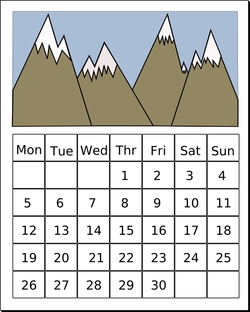
Calendars are great to use because children can see the days and mark them off as they pass. Holidays and special days are often used as markers as well because there tends to be something happening each month. If these special days are on the calendar, they can count the days until they come.
Children are intrigued with time and they enjoy playing games that use time. I know that one of the favorites for my students was What Time Is It Mr Wolf? They would squeal and laugh as they ran away at dinner time.
Learning to tell time needs to be done sequentially as well so that it is easier to understand and apply to daily life. Using a schedule for routines and activities can be a great place to start introducing more specific time concepts. As they become more familiar with what happens when, and about how long it lasts, they will be able to better understand more specific concepts of time and how the clock works.
Starting with general times such as times of the school day will help them to apply times to real life. Putting up visuals with the time beside them will also help.
It is important to make sure that both analog and digital time are part of the exposure to clocks as both are still used in our daily experiences. Of course, it is easier for most children to read a digital clock, so it means that they will need to practice more with analog clocks to become proficient at reading them. Using manipulatives to actually move the hands of the clock will help to imprint the concepts.
It will still be confusing for many children, but with continued practice and exposure to telling time and seeing the time written out or displayed, they will eventually become more able to use it effectively. The confusion will disappear and the questions will become less frequent.
I have put together some sets of task cards to help with telling time. There are 3 sets of clocks with times on them and there is a set of clock templates. These are available as a bundle here or as individual products as well. Click on the image to learn more.
Routines and schedules are important for many people. They help to avoid the unexpected by knowing what is happening in advance. They also provide for some consistency. This doesn’t mean that there won’t be some times when there are changes, but those changes will be better handled if there is preparation ahead of time.
I have created a set of task cards to help with organizing these routines and activities. Included in this package are cards with the most common daily routines and school subjects. There is also a blank card for adding the unexpected. Each card has a visual of the activity as well as the words below it. There is also a blank clock face and digital frame so that the times can be added that work with the various schedules or routines.
Here are some samples from the package.
I have also created separate packages for home routines and school activities. Click on the images to see more.
Being able to read maps and understand how to locate various places is a necessary life skill. This requires an understanding of legends, coordinates, and scale. There are several fun activities that can be used to help with practicing these skills. See below for some ideas. (Note: scale has not been specifically addressed in the grid activities.)

The game Battleship has been around for years. I still remember playing our own version of this as a kid. My dad would make grids for us and we would draw out the ships and play for hours. It is a great way to learn how to read coordinates and locate specific spots.
Designing classrooms, bedrooms, and treasure maps has always been fun to do. Reading coordinates and locating specific items or places is part of the fun of mystery maps. I have created a set of different mapping grids and activities that explore some of these ideas. The sampler has 2 different mapping activities and a battleship grid for playing the game. Click on the image above to get your free copy.
If you are interested in getting several more activities for mapping, check out the product below.
Reading maps is only one part of mapping skills. Creating maps is another. When designing a map, it is good to have an understanding of what a community has in it. Planning a community is another activity that helps with understanding what necessities and conveniences are needed to help a community function well.
Several years ago, I created a unit with my class that I have replicated a few times. It is interactive and gives the students a sense of ownership as they design their own properties, community buildings, parks, waterways, etc. If you are interested in trying this with your students, you can check out the unit by clicking here or by clicking the image below.
Well, there you have it. I hope you have found something useful here today. If you have any other ideas, please share them in the comments below.
Communication using telephones
Using telephones as a form of communication has been around for a long time. The evolution of the telephone from the ones on the wall with the windup handle to the cellphones and watches that are used today have always been a bit mysterious to many people. How does the sound get from one phone to another? How does it travel around the world?
Have you ever watched a small child's face when they listen to sound coming out of a telephone? It is fun to watch them trying to find the person inside the receiver. The puzzled looks speak volumes. How did you do that? Where are you? Why can't I see you?
Children love to imitate what they see others doing. They see their parents holding onto the telephone receiver and talking, so they want to do the same. Of course, with play phones they can't hear anything coming through the receiver, but they pretend that they do.
Making pretend calls with others is fun. It doesn't matter what type of phone is used. Imagine the surprise when you actually hear someone else's voice when you are making a pretend call.
As they become familiar with hearing voices coming out of the telephone, they enjoy listening to the caller and want to talk too!
Making a string telephone
Have you ever made a string telephone? It is easy to do and it is fun to try it out. It is always so surprising to kids when they actually hear a sound coming out of the tin can or other container used.
I have created an experiment and craftivity for making string telephones. Check it out here.
Happy communicating!
|
About Me Charlene Sequeira
I am a wife, mother of 4, grandmother of 9, and a retired primary and music teacher. I love working with kids and continue to volunteer at school and teach ukulele. Categories
All
|





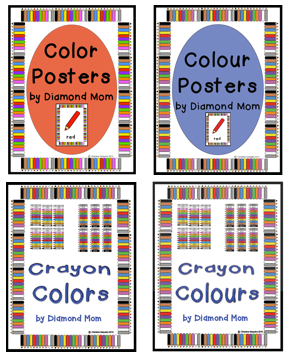
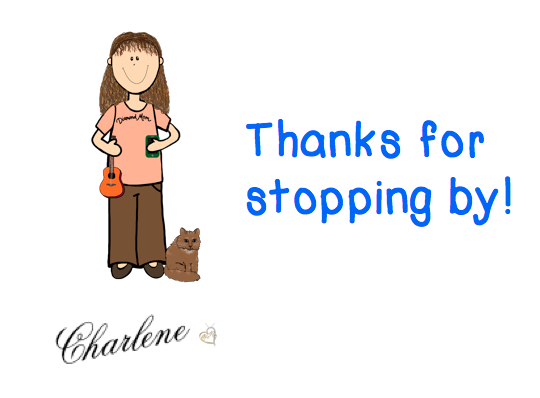












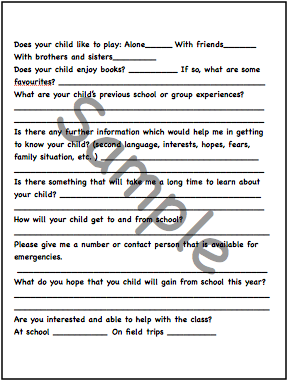






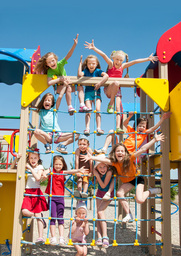






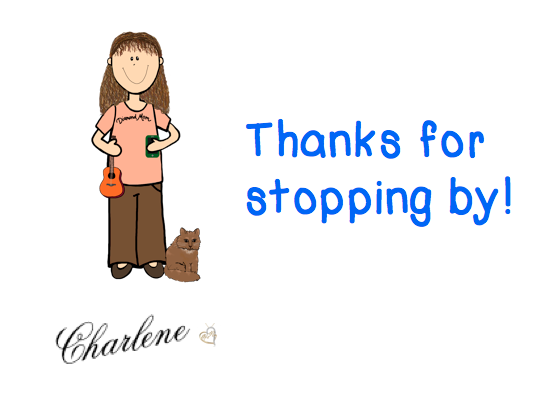






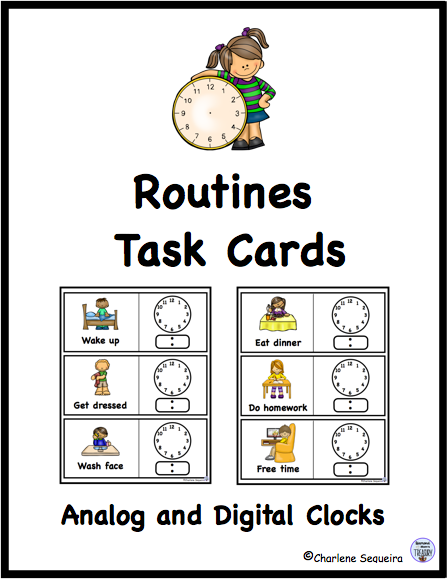
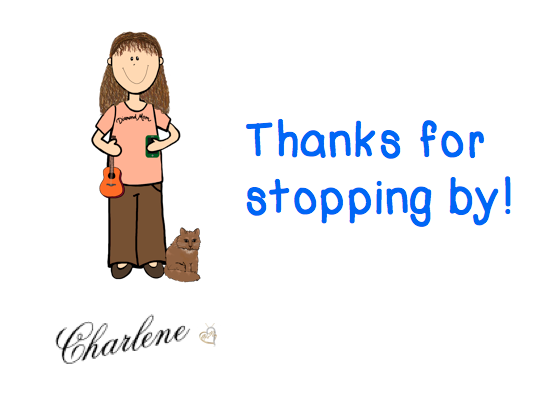



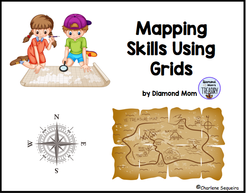













 RSS Feed
RSS Feed